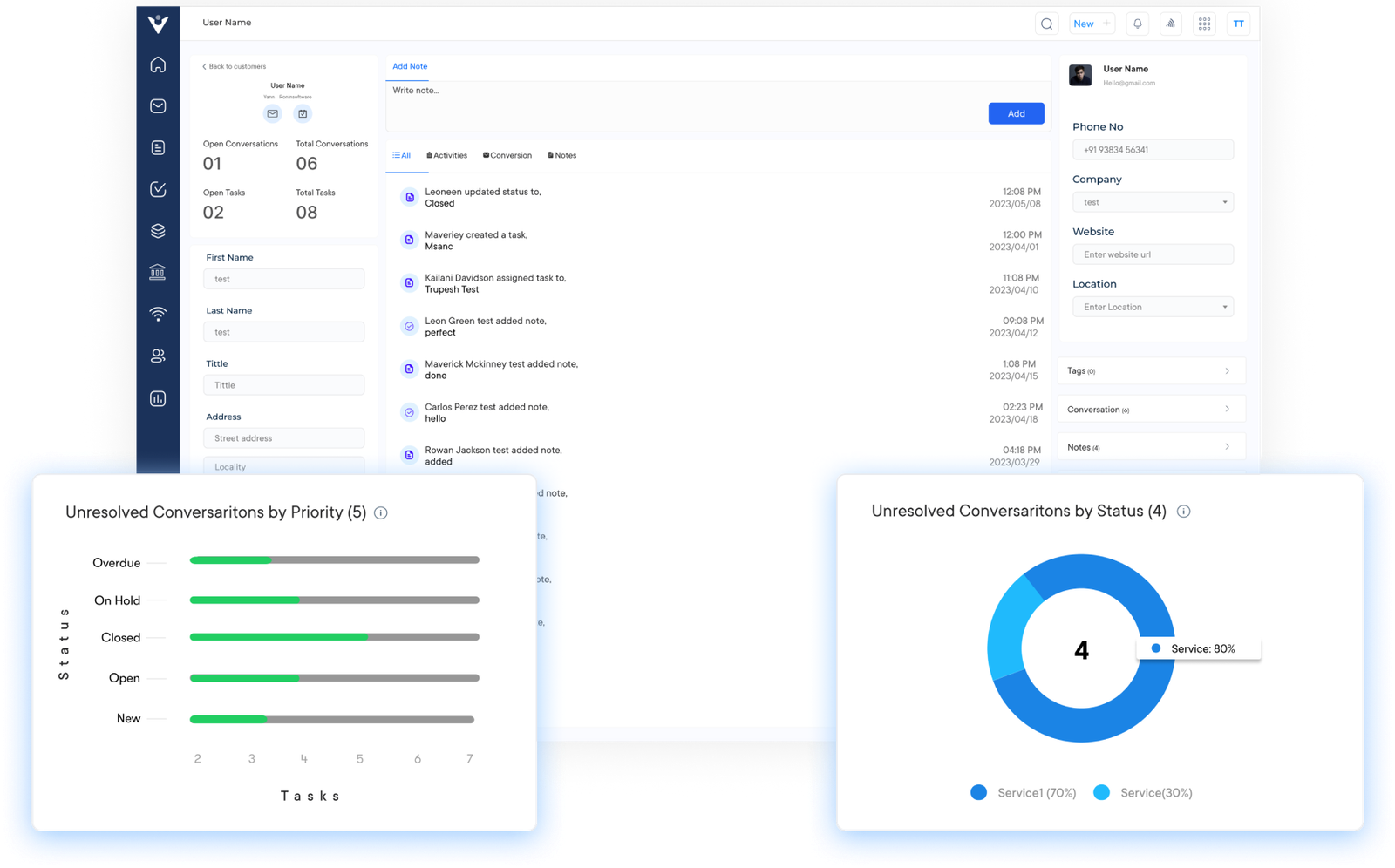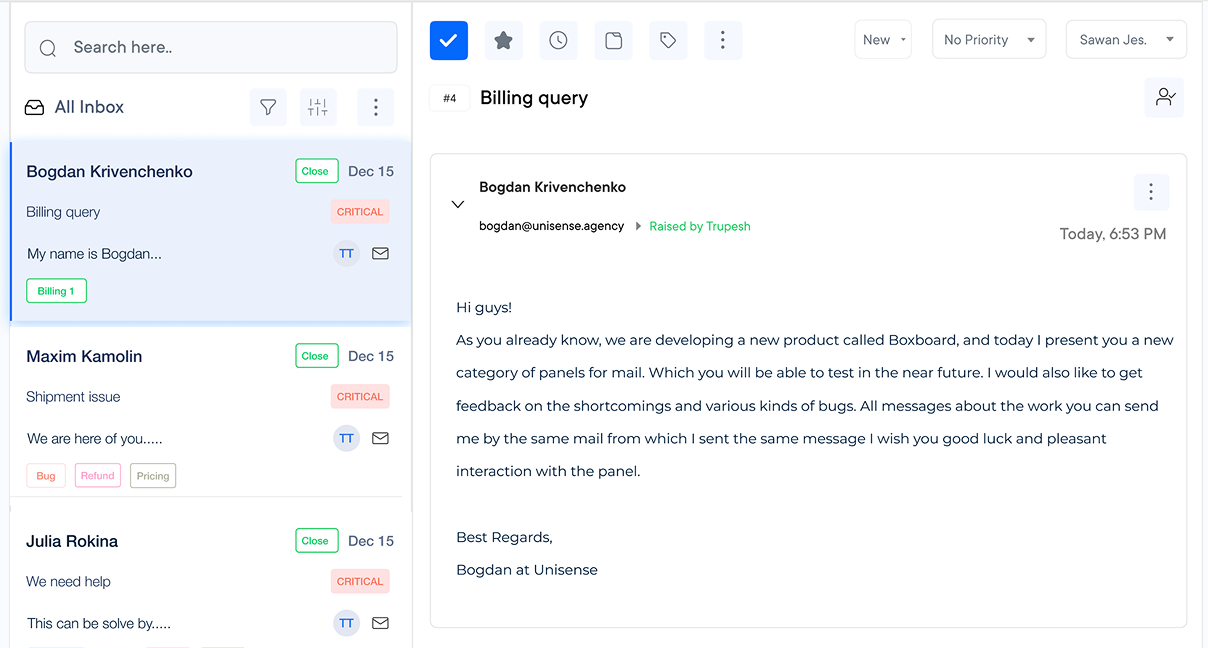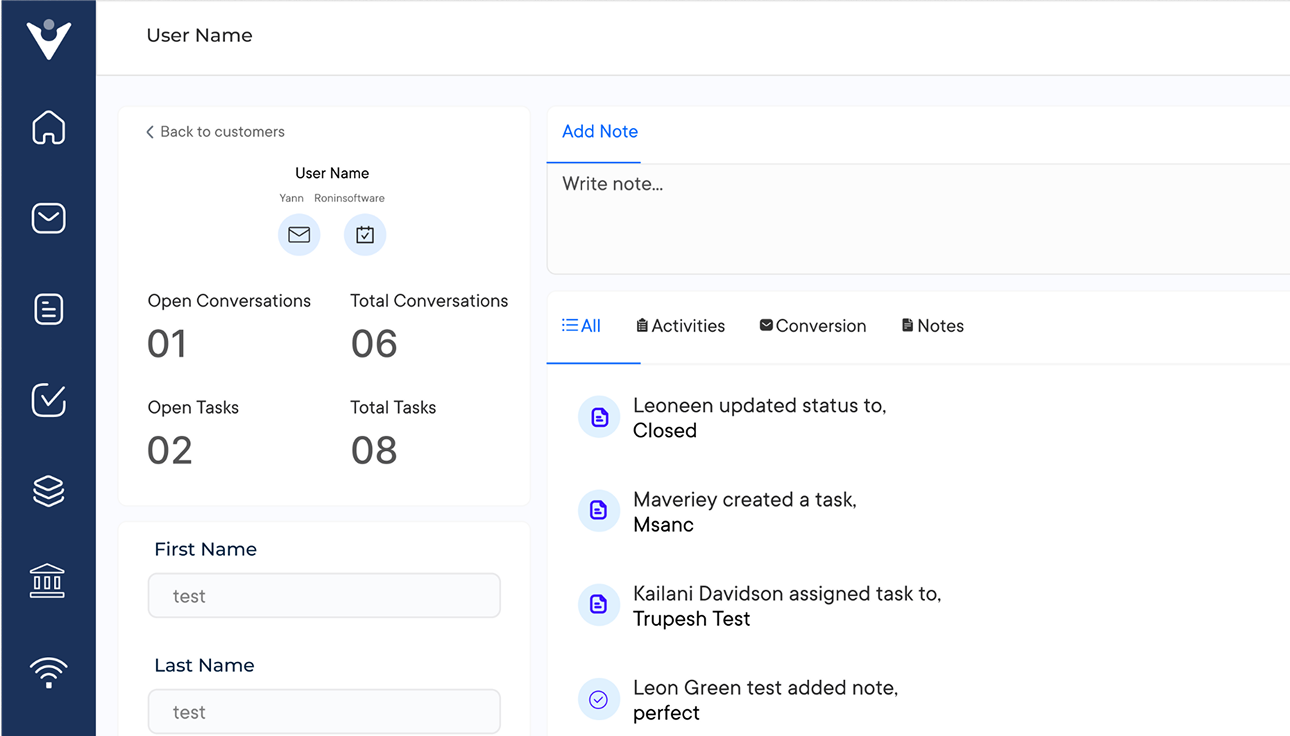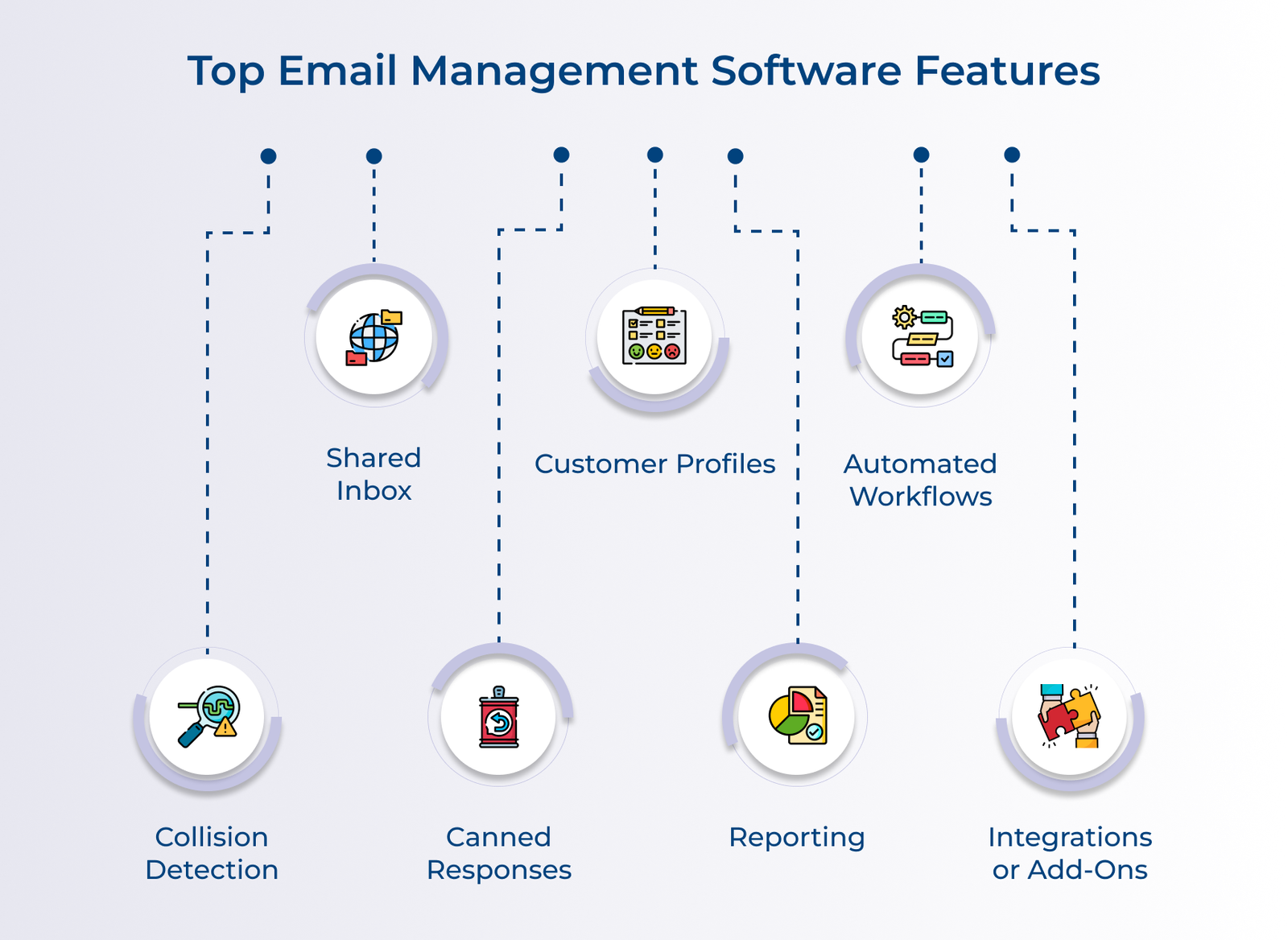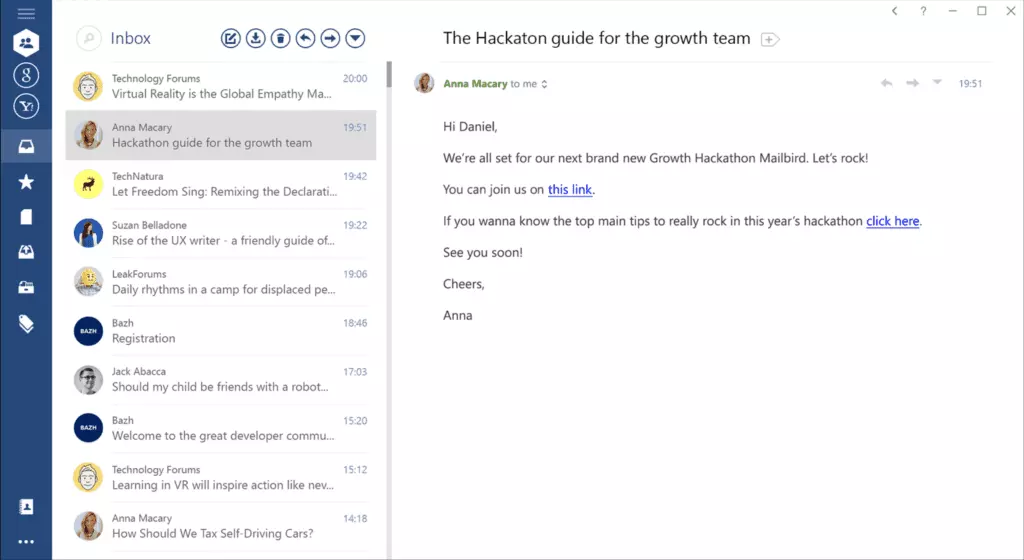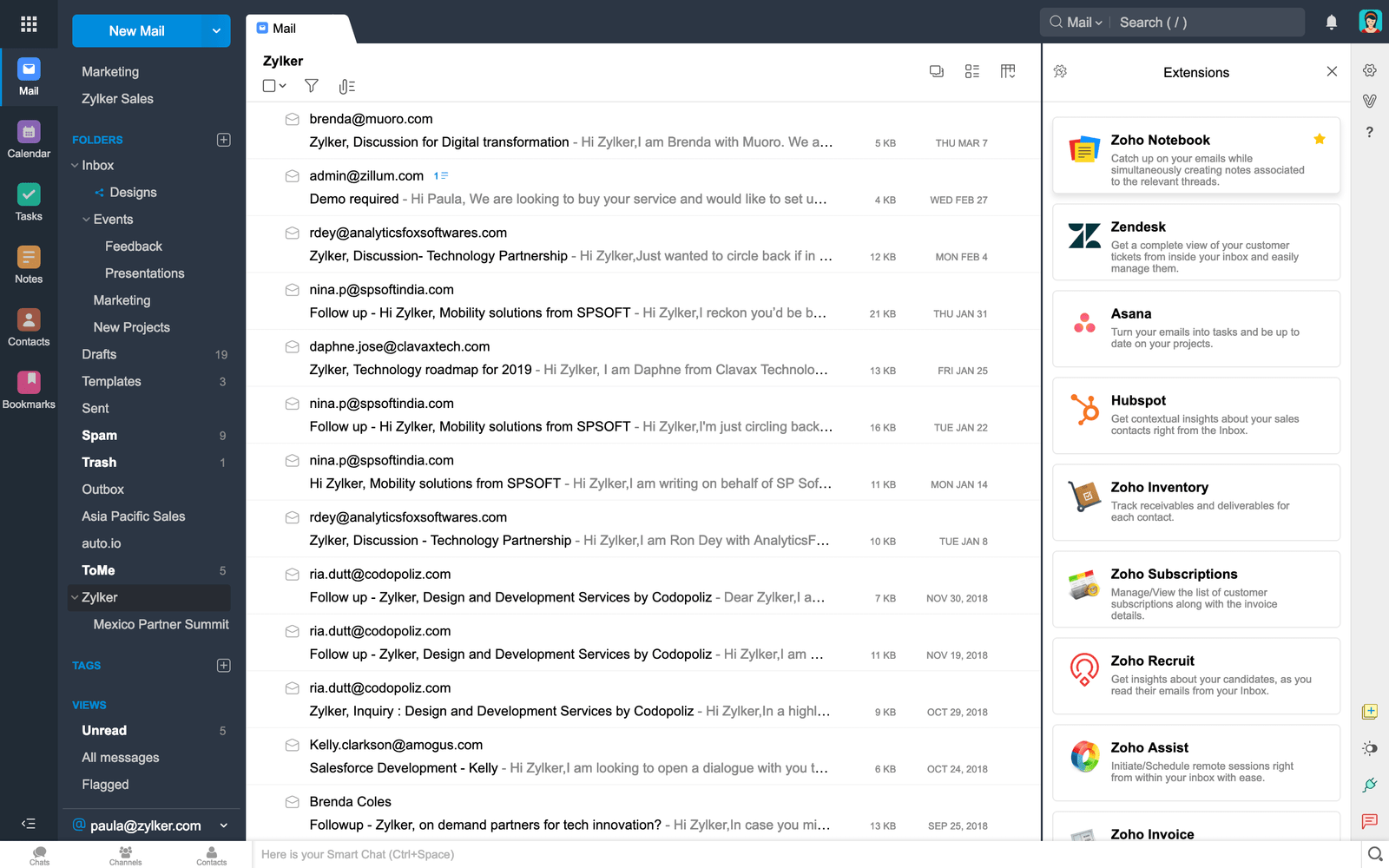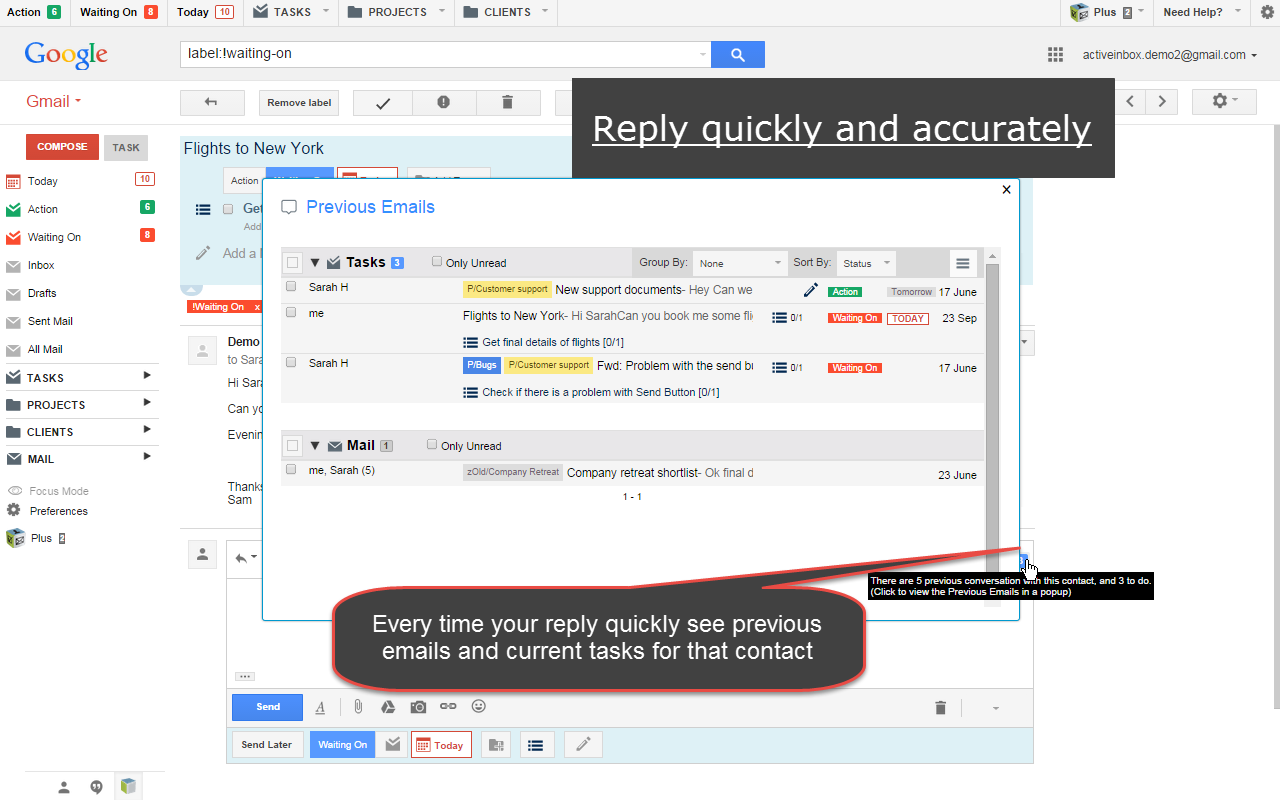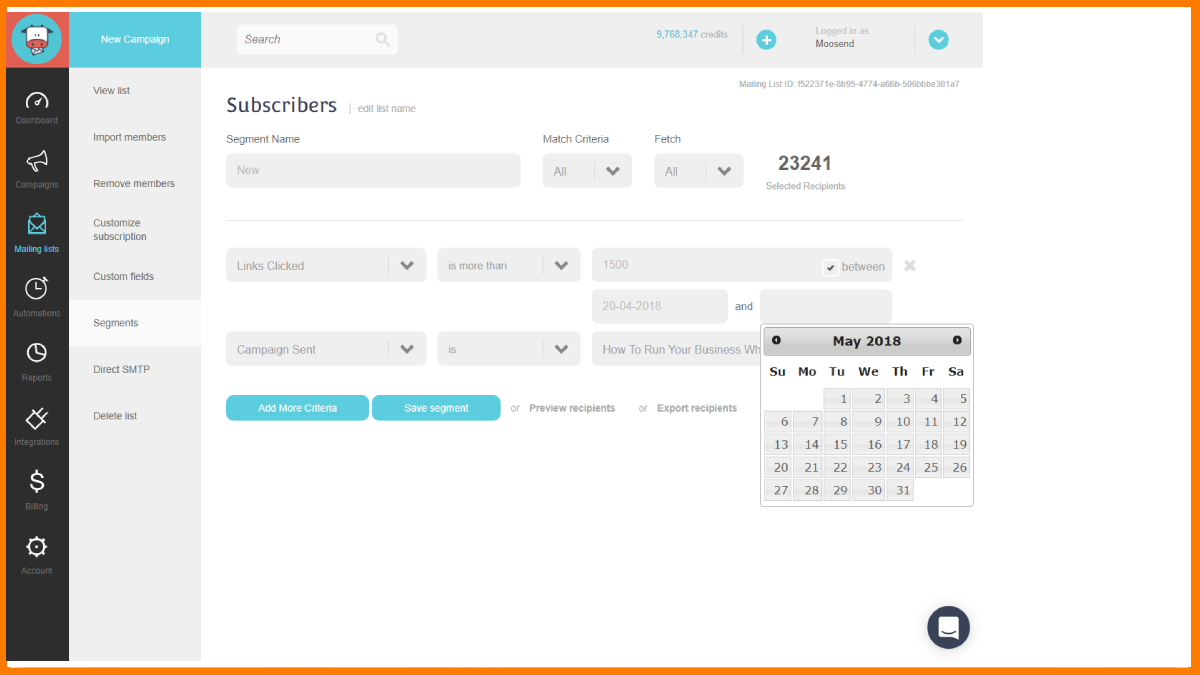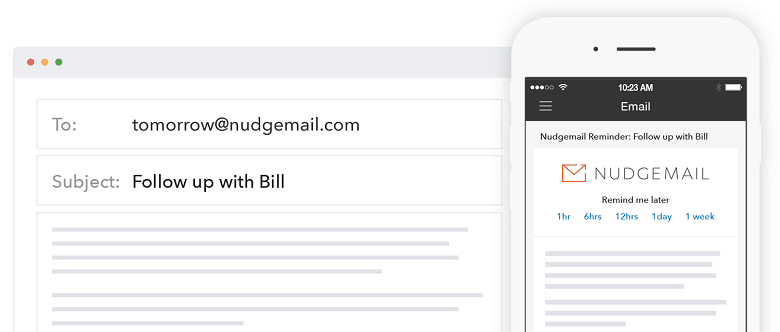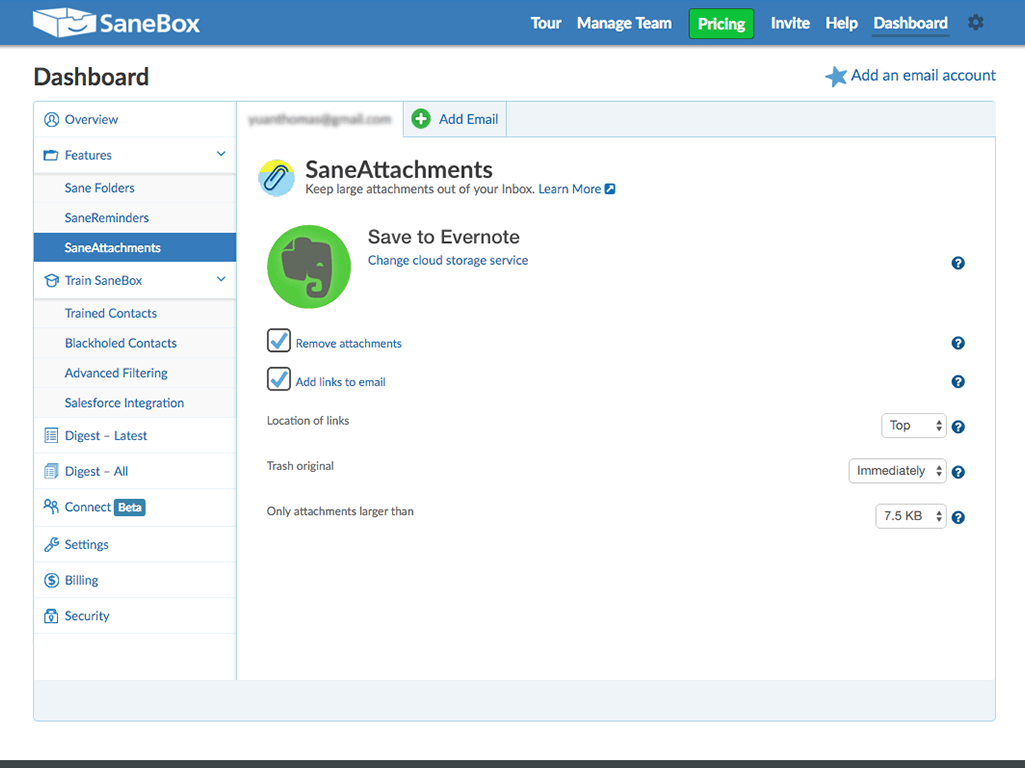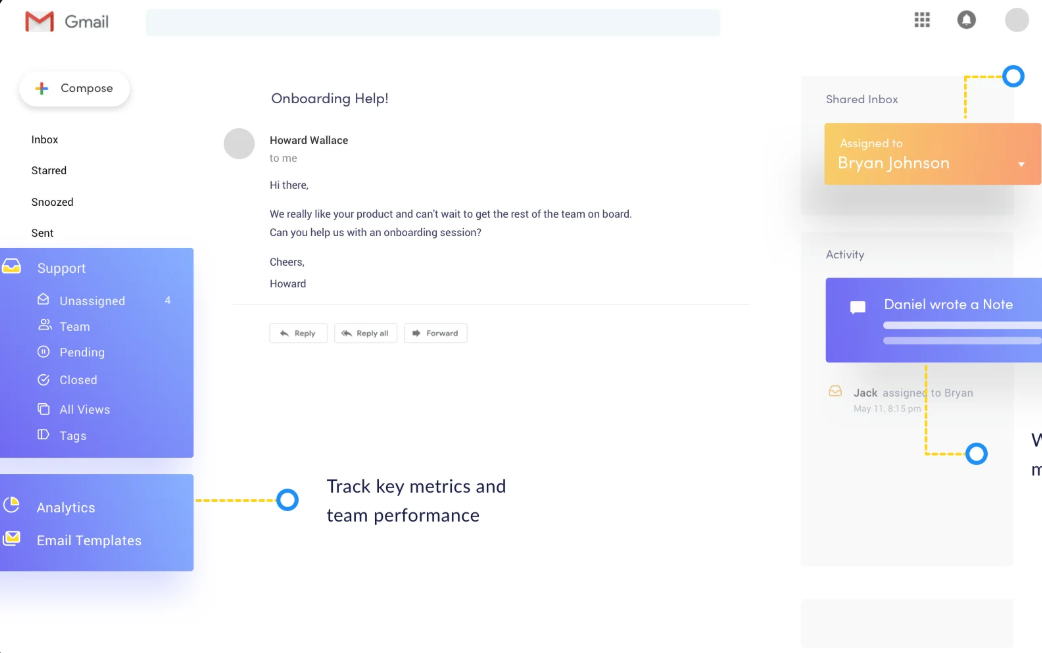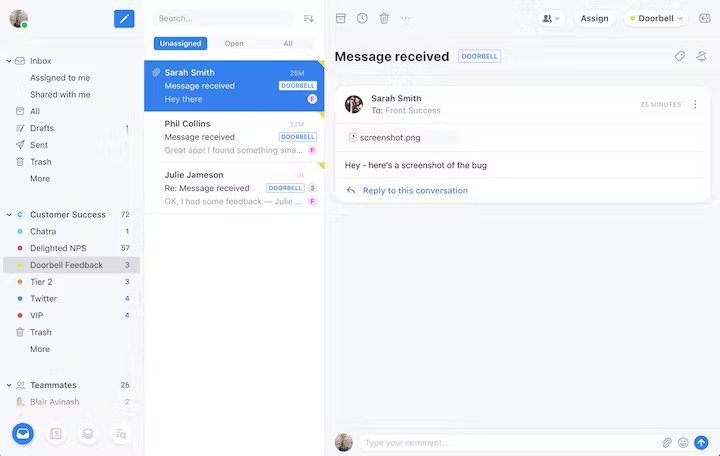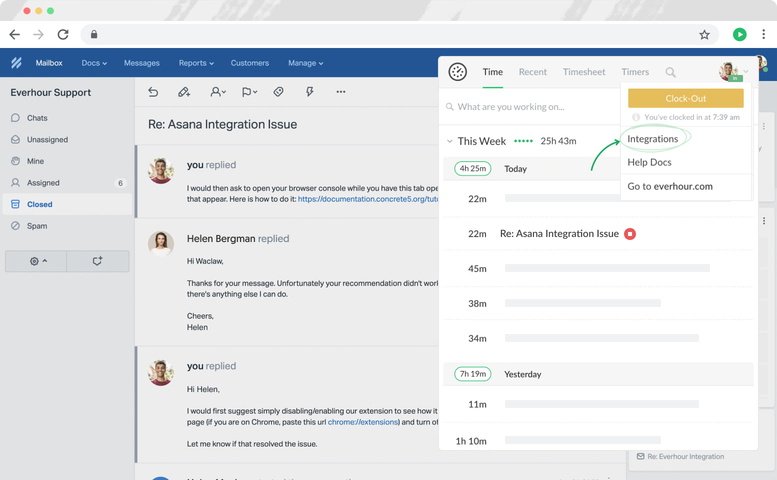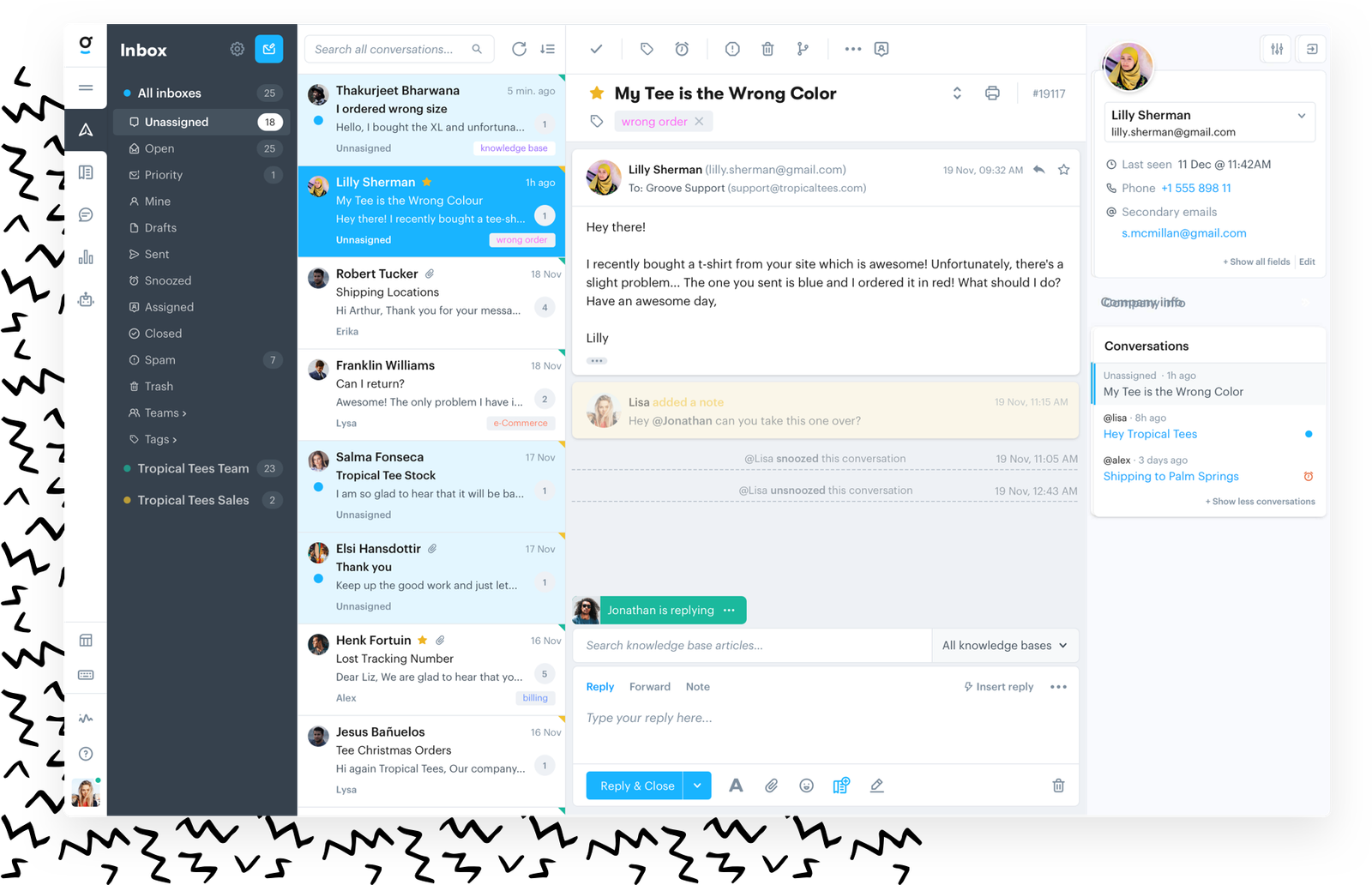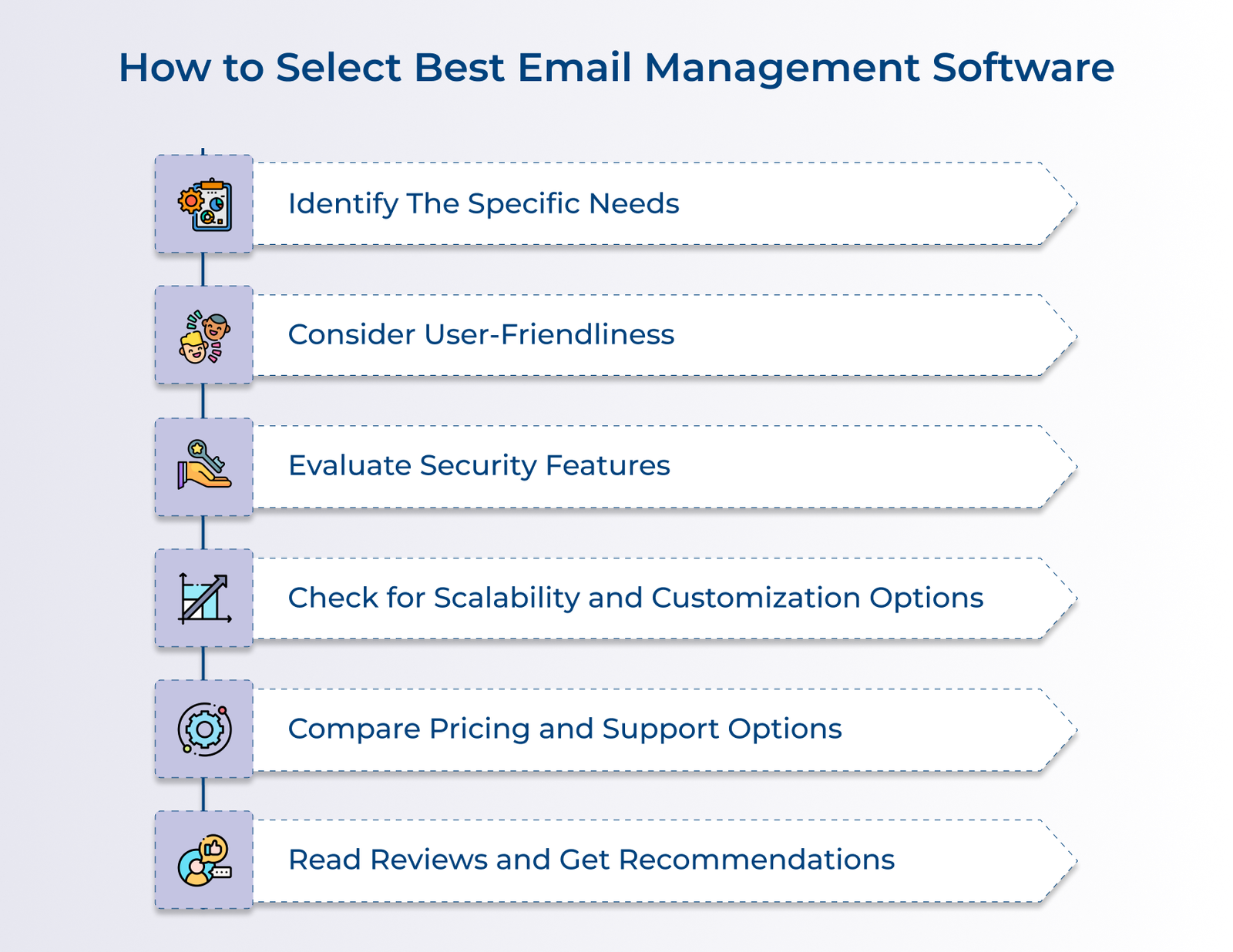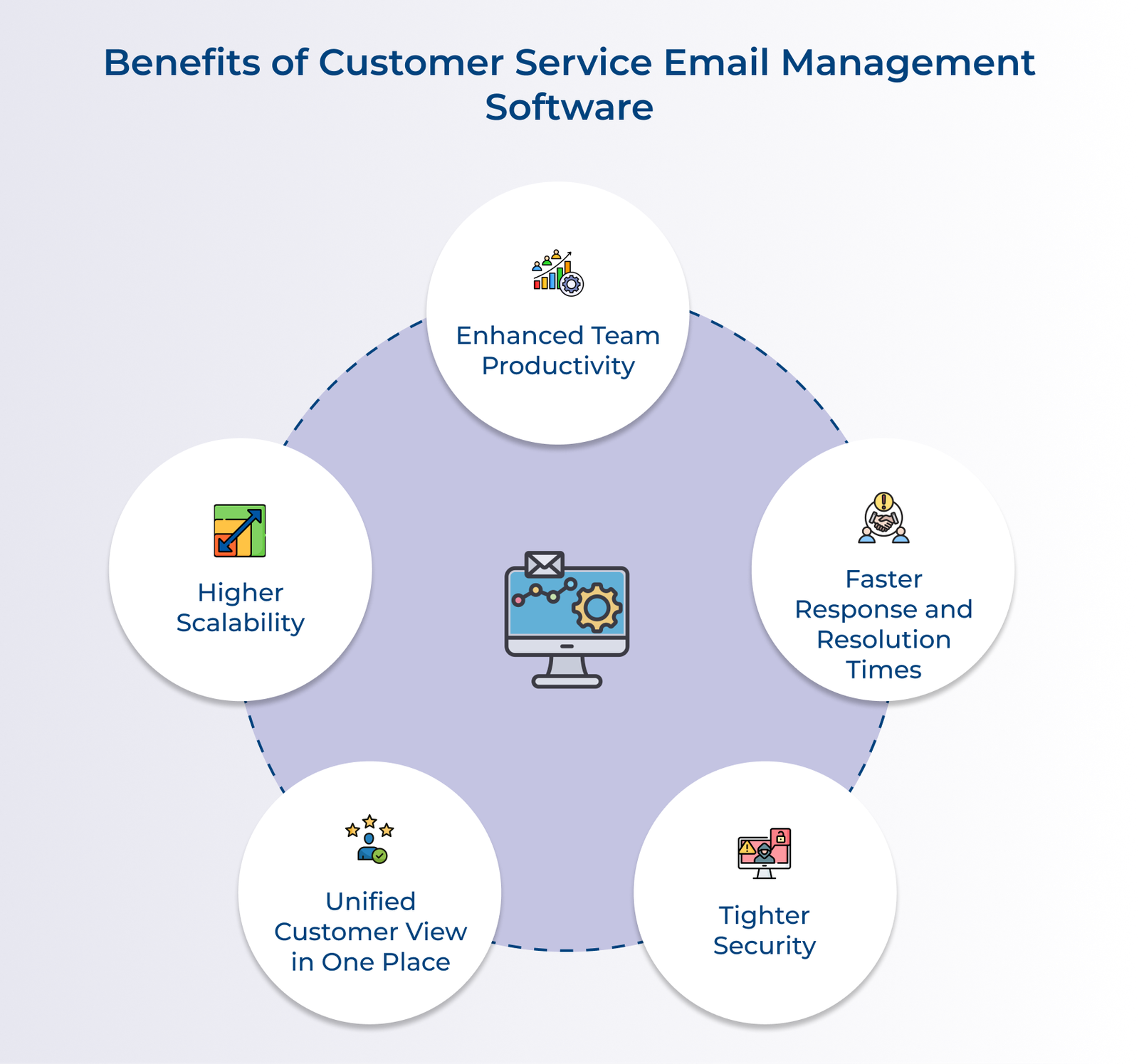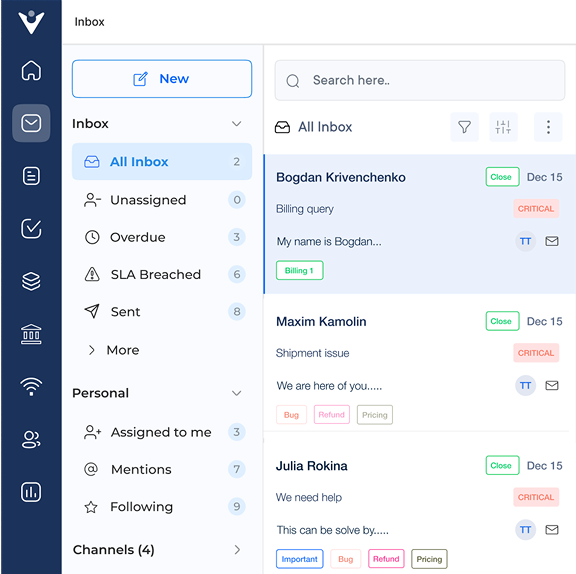1. Shared Inbox
The feature allows multiple team members to access and manage a centralized inbox, ensuring that no email goes unanswered. It enhances seamless collaboration, enabling teams to assign, prioritize and respond to emails efficiently.
2. Customer Profiles
Email management software often includes customer profiles or contact management capabilities. The profiles consolidate all communication history, notes and associated data for each customer, providing a comprehensive view.
3. Automated Workflows
Email management software can significantly boost productivity by automating repetitive tasks, such as email routing and response templates. Automated workflows minimize manual effort and reduce the risk of errors.
4. Collision Detection
The feature prevents multiple team members from responding to the same email simultaneously, avoiding duplicate or conflicting responses. Collision detection ensures a cohesive and organized approach to email communication.
5. Canned Responses
Canned responses, also known as email templates allow businesses to save and quickly insert pre-written responses for common inquiries or scenarios. The feature saves time and promotes consistent messaging across the team.
6. Reporting
Email management software typically offers robust reporting, providing valuable insights into email volumes, response times and customer satisfaction metrics. The reports enable data-driven decision-making and process optimization.
7. Integrations or Add-Ons
Top email management solutions often integrate seamlessly with other productivity tools and platforms. It includes CRM systems, project management software and collaboration tools. The integrations create a unified workspace, minimizing context switching.




